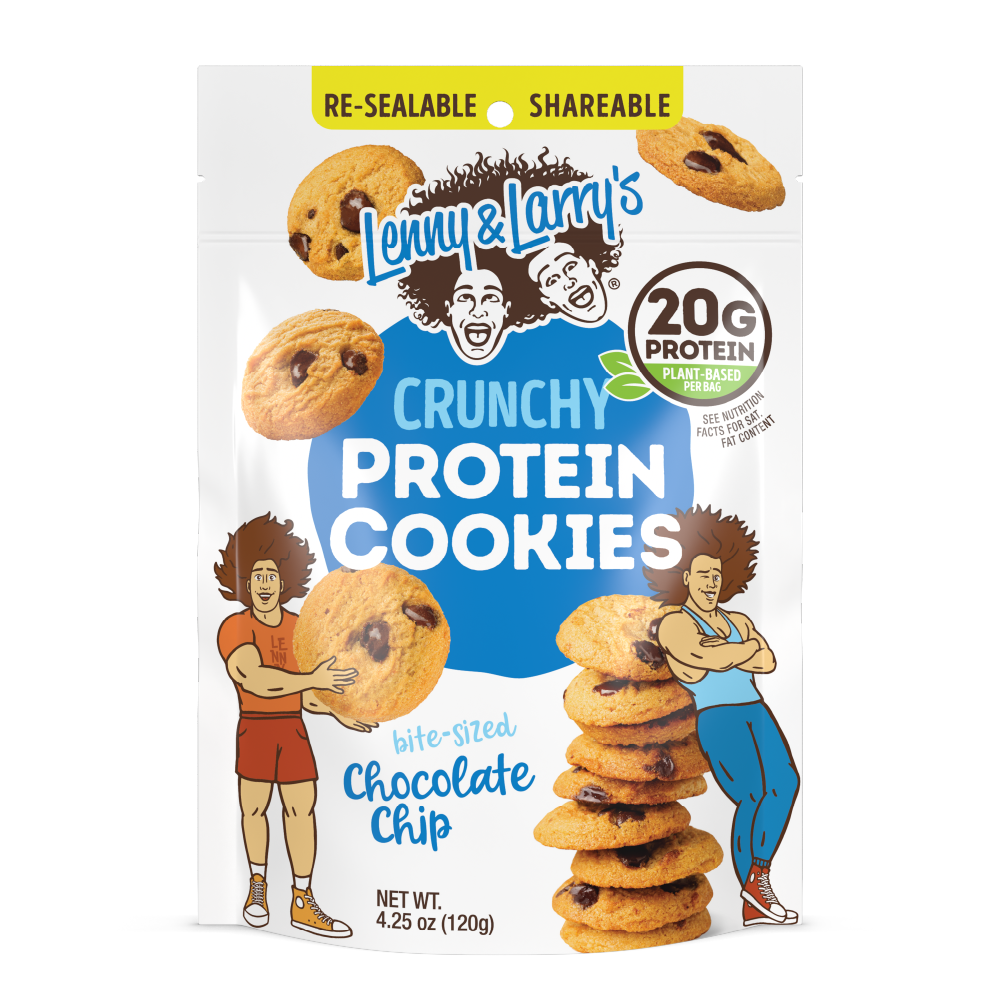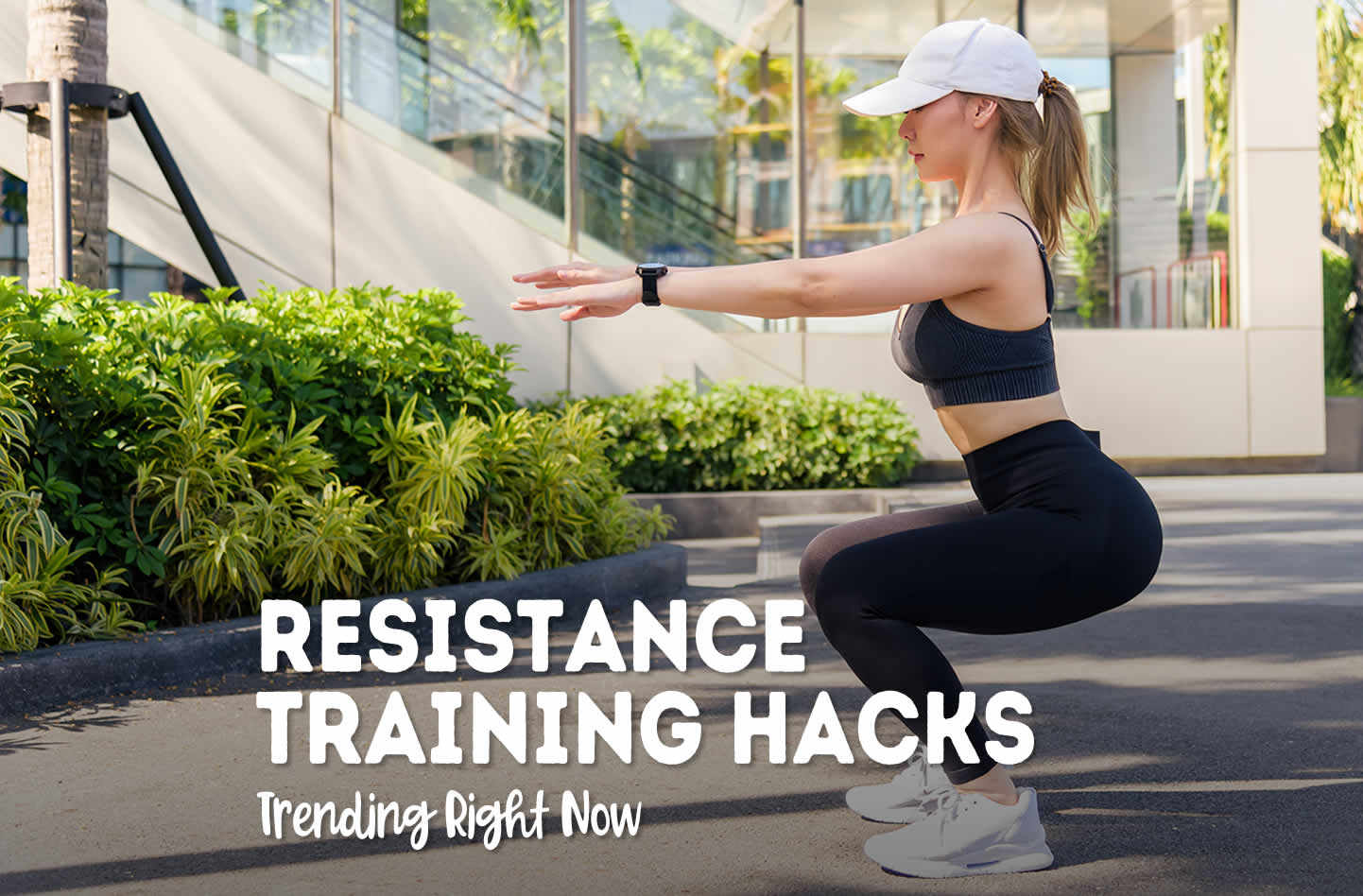You’ve probably noticed more women trading treadmills for dumbbells (and it’s not just about building muscle).
Resistance training is gaining momentum because it does more than change how your body looks. Resistance training strengthens bones, improves balance, boosts energy, and helps manage stress.
Lifting weights or using resistance bands stimulates your body to build lean muscle, which supports metabolism and protects against long-term health issues like osteoporosis (src: Harvard Health).
It also benefits your mind! Research shows that strength workouts reduce symptoms of anxiety and depression, thanks to improved endorphin release and a sense of progress after each session.
You don’t need a gym membership or heavy equipment to start. A few simple moves at home can make you stronger, calmer, and more confident within weeks. This guide breaks down why resistance training is trending, how it impacts your health, and how to build a simple plan that fits into your day.
Why Resistance Training Is the New Standard for Women’s Fitness
You’re not alone if you’ve noticed fitness shifting from “burning calories” to building strength. More women are realizing that resistance training delivers longer-lasting results (both physically and mentally) than traditional cardio alone. The focus is no longer about shrinking your body but about strengthening it for daily function, balance, and endurance.
From Calorie Counting to Building Strength That Lasts
When you strength train, you challenge your muscles to resist tension, which triggers your body to build lean tissue. That lean tissue burns more calories at rest than fat does, which helps regulate metabolism and support long-term weight stability. It also improves posture by strengthening stabilizing muscles through your core and back, reducing the strain that comes from sitting or standing for long periods. Over time, this kind of training enhances bone density, making it one of the most effective tools for preventing osteoporosis and age-related muscle loss.
How Strength Training Supports Energy, Posture, and Longevity
Resistance work strengthens your cardiovascular system in ways that steady-state cardio can’t. Short bursts of controlled effort followed by recovery increase circulation, improve heart health, and build stamina without overloading joints.
The Mental Boost: Training Your Body to Calm Your Mind
Lifting weights helps regulate cortisol levels, the hormone tied to stress, while stimulating endorphins that boost your mood. Each completed set reinforces a sense of control and progress, which can counter anxiety and improve self-confidence.
A 2023 review published in the Journal of Affective Disorders found that resistance training reduced symptoms of depression by roughly 40–65% in participants, showing that strength workouts can meaningfully improve mood and emotional well-being.
How It Works: The Science of Muscle and Mood
Resistance training affects far more than your muscles. It triggers chemical and hormonal responses that improve energy, focus, and long-term body composition. Understanding this science helps you train smarter and build results that last.
Resistance Training Releases Endorphins and Reduces Cortisol

When you lift weights or use resistance bands, your body releases endorphins. Endorphins are the natural chemicals that enhance mood and reduce the perception of pain. At the same time, regular training helps regulate cortisol, the stress hormone that often spikes during busy or high-pressure days.
Stable cortisol levels lead to better recovery, lower inflammation, and more consistent sleep patterns. These combined effects explain why many people report a calm, “clear-headed” feeling after strength sessions.
More Muscle Equals a Faster Metabolism
Muscle tissue is metabolically active.
It burns more calories at rest than fat.
As your lean muscle mass increases, your resting metabolic rate (RMR) rises. That means your body continues to use energy efficiently long after you finish your workout.
A higher RMR supports fat loss, stable energy levels, and improved insulin sensitivity, reducing the risk of blood sugar fluctuations. Over time, consistent resistance training improves endurance and stamina, helping you feel stronger throughout the day.
Progressive Overload: The Formula for Continuous Results
The foundation of all strength progress lies in progressive overload. Progressive overload is the gradual increase of weight, resistance, or repetition volume over time. Without this progression, your muscles adapt and stop responding to training stimuli.
To apply progressive overload safely:
- Increase resistance by 5–10% once you can complete your reps with ease.
- Track sets, reps, and perceived effort weekly.
- Prioritize form and recovery to avoid overtraining.
- This structured approach prevents plateaus and promotes sustainable muscle growth and strength gains.
Hormone Balance During Perimenopause and Menopause
For women experiencing hormonal shifts, strength training naturally supports balance. Lifting stimulates the release of growth hormone and encourages healthier estrogen and testosterone levels. These hormones help maintain bone density, improve mood stability, and reduce fatigue.
Quick Insight: Resistance training can improve overall hormone function, increase metabolism, and lower anxiety within weeks (src: clevelandclinic.org). This makes it one of the most efficient fitness strategies for total-body health.
Getting Started: The Simple “3-Move Anywhere” Plan.
If you’re new to resistance training, start simple. A consistent, short routine done correctly produces better long-term results than complicated gym plans you can’t maintain. This beginner-friendly “3-Move Anywhere” workout builds full-body strength, improves metabolism, and supports posture - all in just 20 minutes, three times a week.
Workout Goal: 20 Minutes, 3x Per Week

Perform this plan on non-consecutive days to allow muscle recovery and growth. Each session includes one lower-body movement, one upper-body push, and one upper-body pull to balance and improve efficiency. Use a timer or app to track sets and rest intervals.
Structure:
- 3 exercises (Squat, Push-Up, Row)
- 3–4 sets per move
- 10–15 reps per set
- Rest 60–90 seconds between sets
1. Squats — Strengthen Legs and Glutes
Squats activate major muscle groups: quadriceps, hamstrings, and glutes. They also train your core to stabilize your spine, improving posture and everyday movement.
How to do it:
- Stand with feet shoulder-width apart, toes slightly turned out.
- Lower your hips back and down as if sitting into a chair.
- Keep your chest up and knees aligned with your toes.
- Push through your heels to return to standing.
Pro Tip: Use a pair of dumbbells or a backpack for added resistance. Focus on form, not speed. Strong glutes help improve balance and support your lower back—two of the most-searched benefits of strength training for women.
2. Push-Ups — Build Upper-Body and Core Strength
Push-ups are one of the most effective bodyweight exercises for toning the chest, triceps, and shoulders while engaging your abs and stabilizers.
How to do it:
- Start in a plank position with hands slightly wider than shoulder-width.
- Keep your body in a straight line from head to heels.
- Lower your chest toward the floor, elbows bending at about 45 degrees.
- Press back up to the starting position.
Variation Options:
- Drop to your knees for an easier version.
- Place hands on a bench or countertop if floor push-ups are too difficult.
- Try incline push-ups to increase chest activation.
Push-ups are ideal for home workouts and rank high in “no-equipment strength training” searches due to their scalability and simplicity.
3. Rows — Strengthen Back, Arms, and Posture
Rows counteract the forward shoulder posture that often develops from desk work and phone use. They strengthen the upper back, lats, and rear shoulders, improving spinal alignment.
How to do it:
- Loop a resistance band around a sturdy anchor or hold light dumbbells.
- Keep your back straight and hinge slightly forward at the hips.
- Pull your elbows back toward your ribs, squeezing shoulder blades together.
- Slowly return to the start position under control.
Pro Tip: Think “elbows drive, shoulders glide.” This ensures you engage your back rather than just your arms. Rows are one of the most searched moves for posture correction and are effective for women balancing long hours of sitting or remote work.
Training Tips for Success
- Warm up with light mobility. Arm circles, bodyweight squats, or cat-cow stretches.
- Track reps, not calories. Strength gains and form matter more than calorie burn.
- Prioritize rest. Give each muscle group 48 hours to recover between sessions.
- Stay consistent. Even 20 minutes of focused training three times a week builds noticeable results within a month.
Progress Without Pressure.
The biggest mistake people make with resistance training is chasing heavy weights too quickly. Real progress doesn’t come from lifting the most, it comes from staying consistent. This mindset not only prevents burnout but also delivers stronger, safer, and more sustainable results.
Set Consistency Goals, Not Max-Weight Targets
Focus on frequency over intensity.
Lifting heavier weights can build muscle, but showing up regularly can create habits. Start with achievable goals, such as three 20-minute sessions per week. Once you make that routine, strength naturally follows.
Consistency allows your body to adapt safely. Your muscles, tendons, and nervous system all need repeated practice to learn proper patterns. This repetition builds functional strength that translates into everyday life.
Track Smart Metrics That Actually Matter
Instead of tracking only weight or calories, measure progress using performance metrics that reflect real growth:
- Reps and sets: Are you completing more with the same weight?
- Form quality: Is your movement smoother and more controlled?
- Recovery time: Do you feel less sore between workouts?
These indicators show strength improvement without relying on the scale. From an optimization perspective, “strength progress tracking” and “non-scale fitness goals” are among the highest-intent search topics for women’s fitness. Including these terms improves content visibility while answering real user intent.
Support Strength With Protein and Hydration
Your muscles rebuild after training, not during it. To maximize recovery and growth, aim for 0.7–1 gram of protein per pound of body weight daily, spread across meals.

Combine protein with complex carbs and hydration to restore glycogen and reduce muscle fatigue. Water also supports nutrient transport and joint lubrication (both critical for training longevity).
For those searching “how to recover faster from strength workouts,” these nutritional principles offer the best natural recovery method, ranking higher in search relevance than supplement-based strategies.
Celebrate More Than Physical Change
Better sleep, improved confidence, and stress relief are equally valid progress markers. Resistance training enhances serotonin levels and sleep quality, which directly impact emotional well-being. Recognizing these wins keeps motivation high and prevents the “all-or-nothing” trap.
According to Harvard Health, consistent strength training improves mood, reduces anxiety, and promotes better sleep quality - benefits that often appear before visible physical changes.
Build Strength, Reduce Stress, and Feel Stronger Every Day.
Lifting weights isn’t about size; it’s about strength, balance, and control over how your body feels. Resistance training trains more than your muscles; it supports mood, metabolism, and long-term health.
You don’t need hours in a gym or expensive equipment to see results. A few focused sessions each week can reshape how you move, sleep, and handle stress. Start small, track your progress, and let consistency do the work. Each workout builds strength, confidence, and energy that carry into everything you do.
Concluding Tip: Focus on progress, not perfection. With the right plan, resistance training becomes the simplest and most powerful way to stay strong, steady, and stress-free for life.
 Lenny and Larrys
Lenny and Larrys
